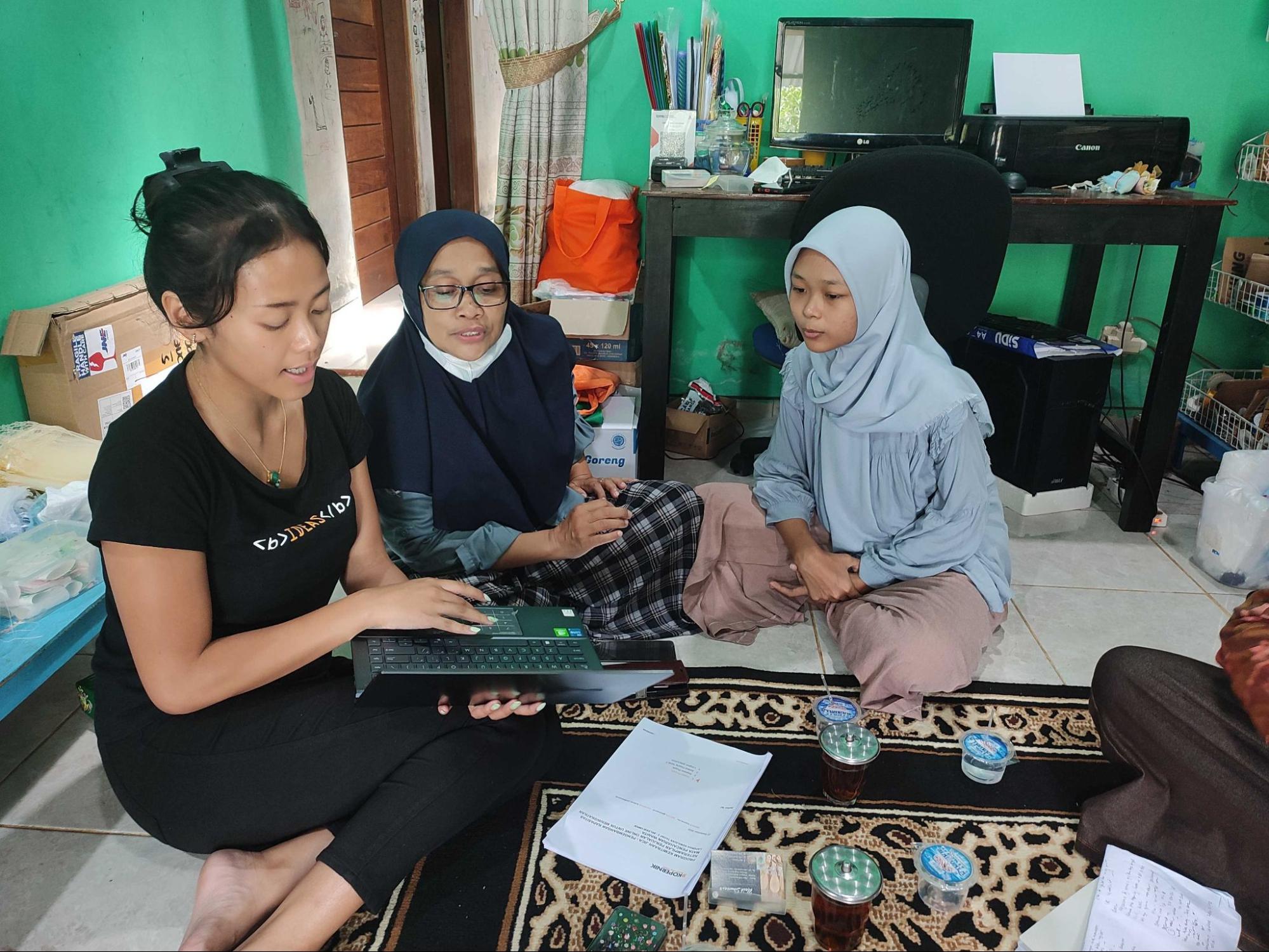Physical Ubiquity
Originally published Sep 29, 2021
African startups exist in a Schrödinger’s Paradox of possibility. Their markets are simultaneously overhyped and underhyped; their entrepreneurs are both building in the world’s most challenging markets, and in its most exciting.
Like we suggested in Chapter 1, fintech founders who launch products today must deal with the limits of their immediate Total Addressable Market (“TAM”). Even in Nigeria, the continent’s most populous country with 190 million, we believe the actual addressable population is at most 40 million adults. With an average per capita GDP of $1,969 per year, one quickly sees how the country’s current ceiling constraints startups seeking to grow exponentially.
TAM Today or TAM Tomorrow?
This applies more broadly across the third world. But while emerging markets startups grow their TAM through expansion (to new geographies or with new products), their counterparts in the developing world will achieve this through new market creation.
Harvard’s Clayton M. Christensen, Efosa Ojomo, and Karen Dillon summarize this concept of market-creating innovation as “the ability to identify opportunities where there seem to be no customers and to create a business model that upends the way things have always been done.” They note that when innovations target nonconsumption, scaling becomes less difficult given the novel ways these innovations reach customers. For instance, M-Pesa would not have achieved “hockey stick” growth without a shift away from the brick-and-mortar banking system to one that is run by mobile money agents. For the many fintechs that were created in the wake of mobile money, M-Pesa’s user growth effectively became their TAM — a 15 million user expansion in 5 years.
Recommended Reading: Cracking Frontier Markets
The future fintech successes on the continent must be multi-faceted. They will build markets from scratch, compensate for missing infrastructure, and deviate from proven models. They must excel in niche markets first, understanding that they’ll have to navigate the difficulties of a restricted TAM in the short term. In order to create some breathing room for growth, they’ll need to expand early to other markets, a phenomenon we already see. However, the best startups will position themselves for entirely new markets that convert non-consumers into active users.
Digital VS. Physical Lives
When we discuss market creation, Western technology observers are familiar with platforms that have expanded consumption through digital distribution. Apple with its App Store, Google through Android and its productivity apps, Facebook through its social network. These platforms seek to own a customer’s digital journey from sun up to sun down, cradle to grave. Yet, we haven’t seen an Apple, Google, or Facebook superapp yet. Why?
In China, WeChat and Alipay did not start as superapps, beginning with messaging and payments respectively. They took these high-frequency use cases and bundled multiple digital services into a single app including a combination of payments, ecommerce, and social. As they saturated purchases of online goods, they started adding offline-to-online (“O2O”) channels to offer services for users’ daily physical lives — mobility, retail payments, local delivery, and brick-and-mortar commerce. These apps graduated to superapps when they began to own the user’s entire day — both digitally and physically, whether they were transacting online or offline.
The Western tech giants started on a similar trajectory, but have yet to fully own a user’s physical day. They have established digital ubiquity in a world where physical distribution is constrained. It’s a world with high smartphone penetration, affordable mobile broadband, and a desire for digital services for both work and play. But they also operate in markets where physical distribution is largely “solved,” but constrained by traditional providers with high labor costs and few margins on which to make massive improvement. It’s a world in which the leading providers of mobility and local delivery innovation are unsustainable as standalone businesses. Business models are tearing at the seams and everyone’s waiting on autonomous distribution for pressure relief.
Now imagine the reverse: to establish physical ubiquity in a world where digital distribution is constrained. The goal is still to own a customer journey from start to finish, but with a focus first on physical touchpoints. Imagine how the megatrends in which emerging market platforms operate have encouraged this approach: hyper-urbanization and a young, underemployed, and low-wage labor pool. The digital constraints are also stark: poor smartphone penetration and unaffordable mobile data where available, which is unlikely to change anytime soon. In India for example, it took Reliance 9 years and $35 billion to drive data costs down to $0.70 per GB, resulting in an increase of average data consumed per month from 1GB to 9GB. In comparison, a GB of mobile data costs over $7.00 in Africa.
In this world, physical distribution is being driven to near-zero cost, enabling founders to unlock markets that thrive on top of physical rails. It’s a world where delivery is king and Facebook continues to struggle to increase ARPU.
A platform cannot own the consumer’s daily life, especially in emerging markets, without physical ubiquity. Gojek understood this in Indonesia with its superapp entry-point focused on ridehailing and Meituan Dianping, China’s services and delivery superapp, is changing the landscape of physical distribution with an initial focus on food delivery.
To be clear, this is not about traditional ecommerce. Jumia saw challenges in large part due to building an online marketplace in Africa while trying to adapt to its physical realities: need to allow customers to pay cash-on-delivery, inability to establish precise customer addresses, generating trust remotely, etc. Gojek and Meituan’s distribution-based models solve these problems at the core of their businesses.
Some may question the idea that a platform can drive physical distribution cost to near-zero. Meituan has a near breakeven cost per delivery with a $0.06 cost per order. Its paying 600,000 drivers across the country $15–30/day, a wage that is on par with what new college graduates make in China. Meituan is also profitable while making an average of $7.50 per user per quarter, price points which dramatically converted nonconsumers (people who would have never considered ordering delivery) to consumers in China. In the first half of 2019, more than 80% of China’s new users for food ordering came from non-first-tier cities
It should be highlighted that physical ubiquity does not exclude digital tools and products, but requires them. In-app discovery requires that sellers are brought online and one of the key profit centers for physical distribution superapps are digital upsells like airtime, tickets, ads, etc. If a superapp is to achieve positive unit economics, digital payments and data-driven optimization are musts.

An ecosystem that enjoys physical ubiquity is a hyper-market creator. It asks everyone the question “if you could deliver anything to anyone, what would you sell?” Importantly, this is a question that can be answered by every restaurateur, “mom-and-pop” shop owner, and smallholder farmer in the country in contrast to the question digital ubiquity offers, which is: “if you could deliver any software or content to anyone, what would you build?”
Africa is certainly not at a near-zero cost of distribution. It’s road transportation infrastructure presents a huge challenge. It’s fragmented geography and lack of addresses another (440 million unaddressed and even more poorly addressed). However, it is clear that physical ubiquity will be key to creating new markets and converting nonconsumers in a digitally constrained world, and it has already started.
Agents of Ubiquity
OPay (with backing from Meituan), SafeBoda (with backing from Gojek), and other transport startups will soon enter a phase where urban centers in Nigeria and Kenya are saturated with delivery drivers — the beginning of a physically ubiquitous network that can move physical goods but at a substantial cost given the nascent economy of scale. Remember, Meituan built its delivery network over 6 years with billions of dollars in funding. All the while, they — alongside with their competitors — chiseled the original boulder of distribution down to 6 cents per delivery dust. It’s possible that this roaming network will incorporate the movement of physical cash as well seeing as Gojek and SafeBoda drivers can do already do cash-ins. In time, superapp(s) will blend into Africa’s growing network of logistics players specializing in subsegments like cold-chain, addressing, long-haul freight, etc. — extending TAMs even further.

Steps towards digital ubiquity will also continue to develop, but it will take considerable time. In this future where digital ubiquity lags behind physical ubiquity, the mobile money agent will continue to serve as invested infrastructure. It’s an established O2O network in Africa, offering in-person trust, over-the-counter services for digital novices, physical locations, and perhaps most importantly, a way to exchange cash to digital and vice-versa. Similarly, USSD continues to be a critical “transport layer” that extends services to the bulk of current nonconsumers without mobile internet coverage, providing a mobile money 2.0 experience .
Operating in a world of physical ubiquity does not upend the value offered by fintechs but offers dramatically increased transactional data and a new pathways towards scale. They must also embrace an O2O role, working to seamlessly connect the offline businesses their customers are used to with a ubiquitous and digitally-enabled distribution network. We’ve already seen these types of partnerships play out in Indonesia and China, often resulting in acquisition or investment from the delivery platform.

In Africa, we’ll see similar models emerge, alongside entirely new approaches to fintech. More entrants will attempt to establish themselves as a superapp and venture capital is likely to continue to heat up as user acquisition becomes ever more competitive.
In the scramble for physical ubiquity, we’re going to see an explosion of startups and founders experimenting and chasing opportunities. In our final chapter, we’ll discuss what the investment landscape looks like today, and we believe improvements must be made to truly capture what’s coming.
.svg)



.png)
